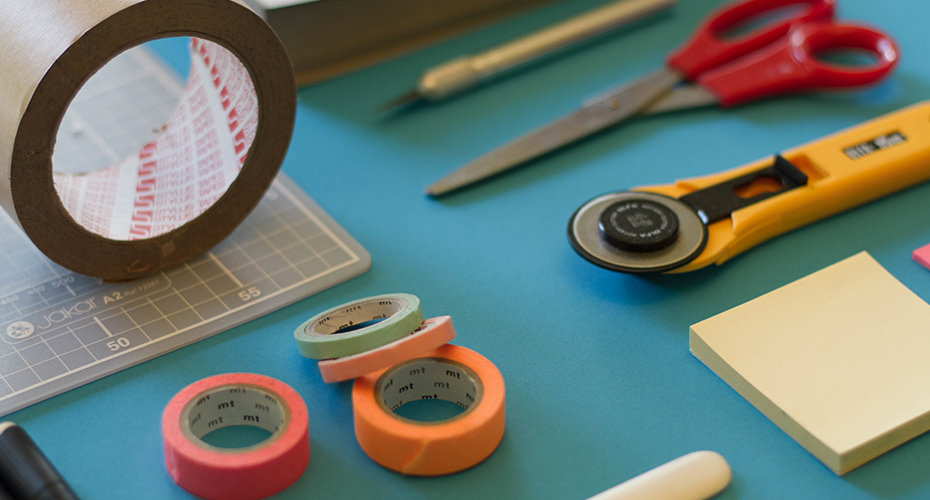Methods for Better Visual Design Solutions
Last week, I shared a few methods for solving visual design problems that pop-up in the later stages of designing digital experiences. The design challenges that arise during implementation are different than those presented by the blank canvas of a new project, but just as important to its overall success. Maintaining a mindset of continuous refinement as the product is built and tested requires an ongoing search for inconspicuous answers. These visual answers are elegant not obvious, and holistic instead of singular in their relation to the broader digital system. Today, we highlight two additional methods we use to ensure we’re taking a thoughtful approach to iterative visual design.
See the Issue Within the Context of the Full Visual System
The biggest difference in designing for digital systems is precisely that. There are very few one-off design choices because everything about the application is meant to be repeatable and scalable. Design rules and interaction patterns must be consistent across diverse areas of the site, meaning a small change here affects user expectations in three other parts of the product. A good designer continues to see and refine all the disparate details and various sections of a complete digital experience.
As projects push forward there is always visual drift. A new icon is needed and suddenly the full set is no longer consistent, or a change is made to improve type styles in one area that actually affects another negatively. Changes are part of any iterative process (especially in an agile workflow) but as designers we have a responsibility to stand up for consistency and fight the slow entropy that ends in mediocrity. In the project trenches it’s easy to lose sight of the consistency of experience. As small design problems arise it is our job to make sure the new solutions play well with the overall product and continue to organize, not disrupt the comprehensive visual system.
A good designer continues to see and refine all the disparate details and various sections of a complete digital experience.
Evaluate Options in a Cross-Discipline Manner
In the transition from creation to implementation there are always constraints around time and complexity. The best visual answers are never developed in a vacuum. Input from team members in different roles helps design solutions truly sing. Walk through proposed animations and transitions with a front-end dev and work with the back-end programmers to ensure data can be fed into specific views in an efficient manner. A design solution that has been evaluated from several points of view is more likely to have the stamina needed to last through implementation and user testing. More eyes on a proposed idea helps to think through all possible variations and uncover potential issues before they add greater complexity.
In our search for inconspicuous answers, remembering these methods helps our team produce better visual design throughout the life of a given project. To recap, these four methods form the foundation of our approach to visual design during implementation:
- Explore the underlying issue, not just the proposed fix
- Don’t settle for the first solution
- See the issue within the context of the full visual system
- Evaluate options in a cross-discipline manner
Keeping methods like these in mind as we iterate and improve on digital interfaces allows us to discover graceful solutions to late stage visual inconsistencies. Finding inconspicuous answers for subtle design issues ensures that the established visual direction fully amplifies the function of the digital site or application.
Do you have additional design methods you use to search for unique visual solutions? I’d love to hear about them. Reach out on twitter @samMdesign or email sam.moore(at)cantina.co to share your design principles and approach.



![Sketching for UX Designers [Infographic]](/images/blog/2015-12-02-sketching-for-ux-designers/square.jpg)